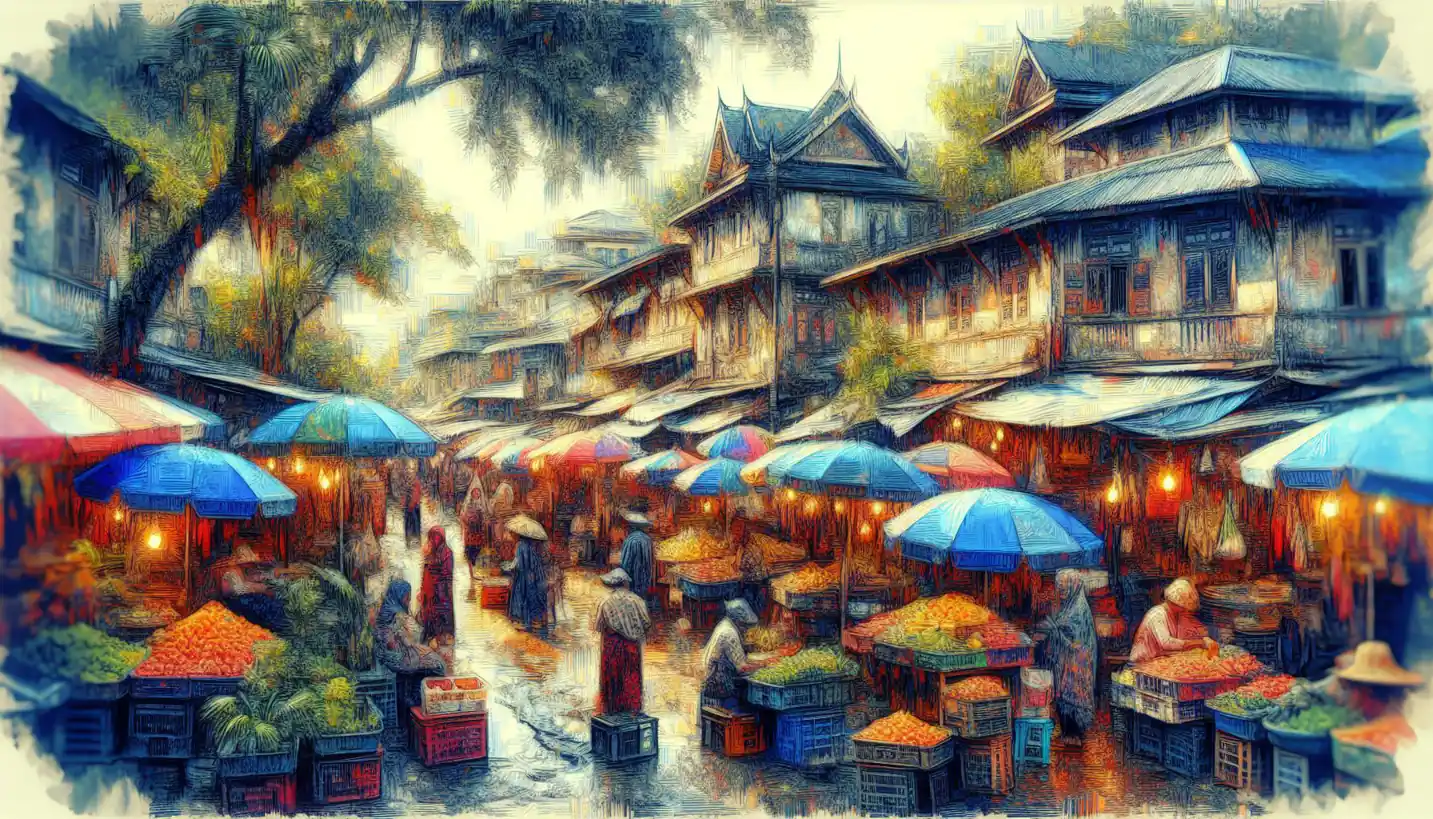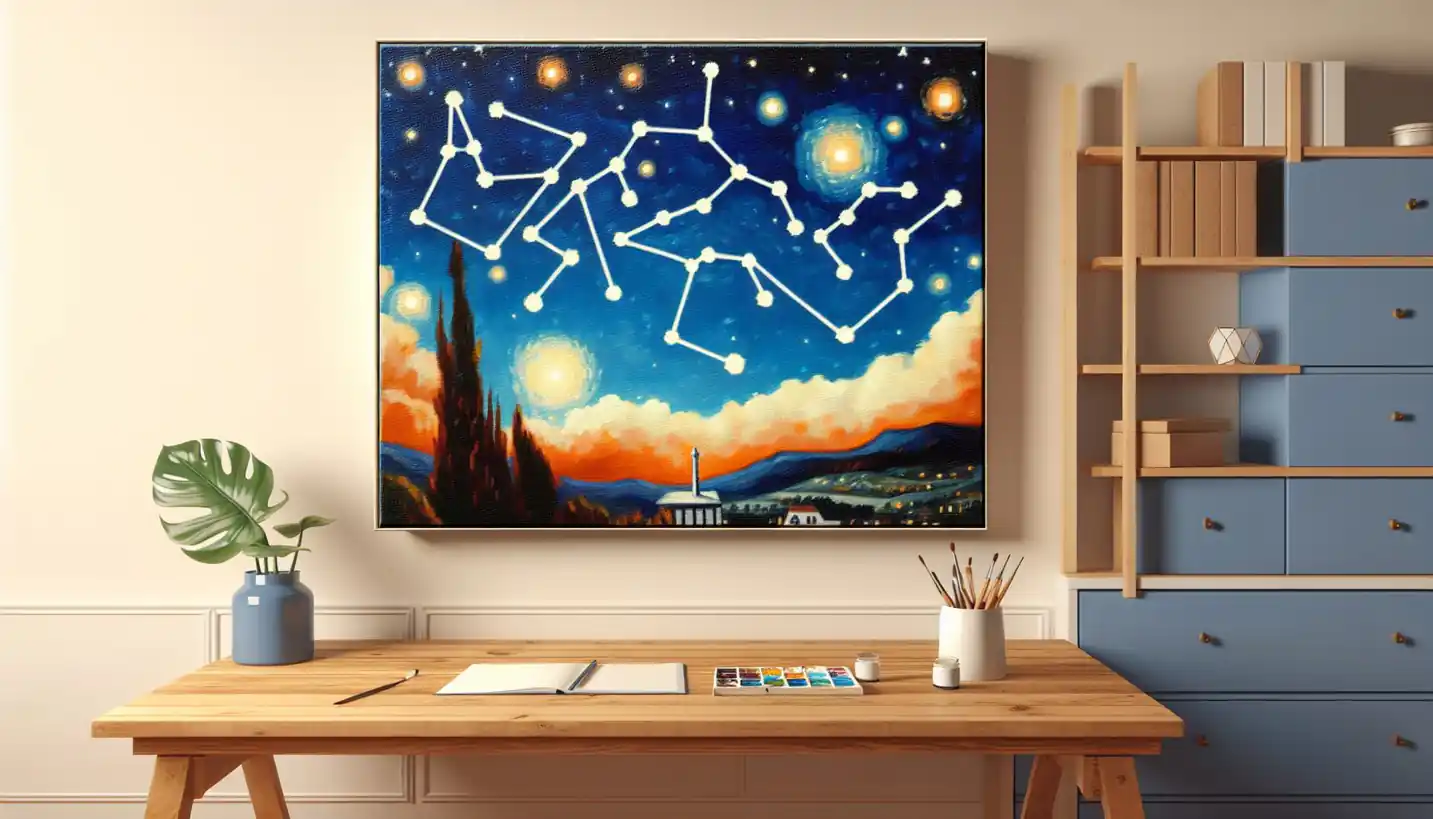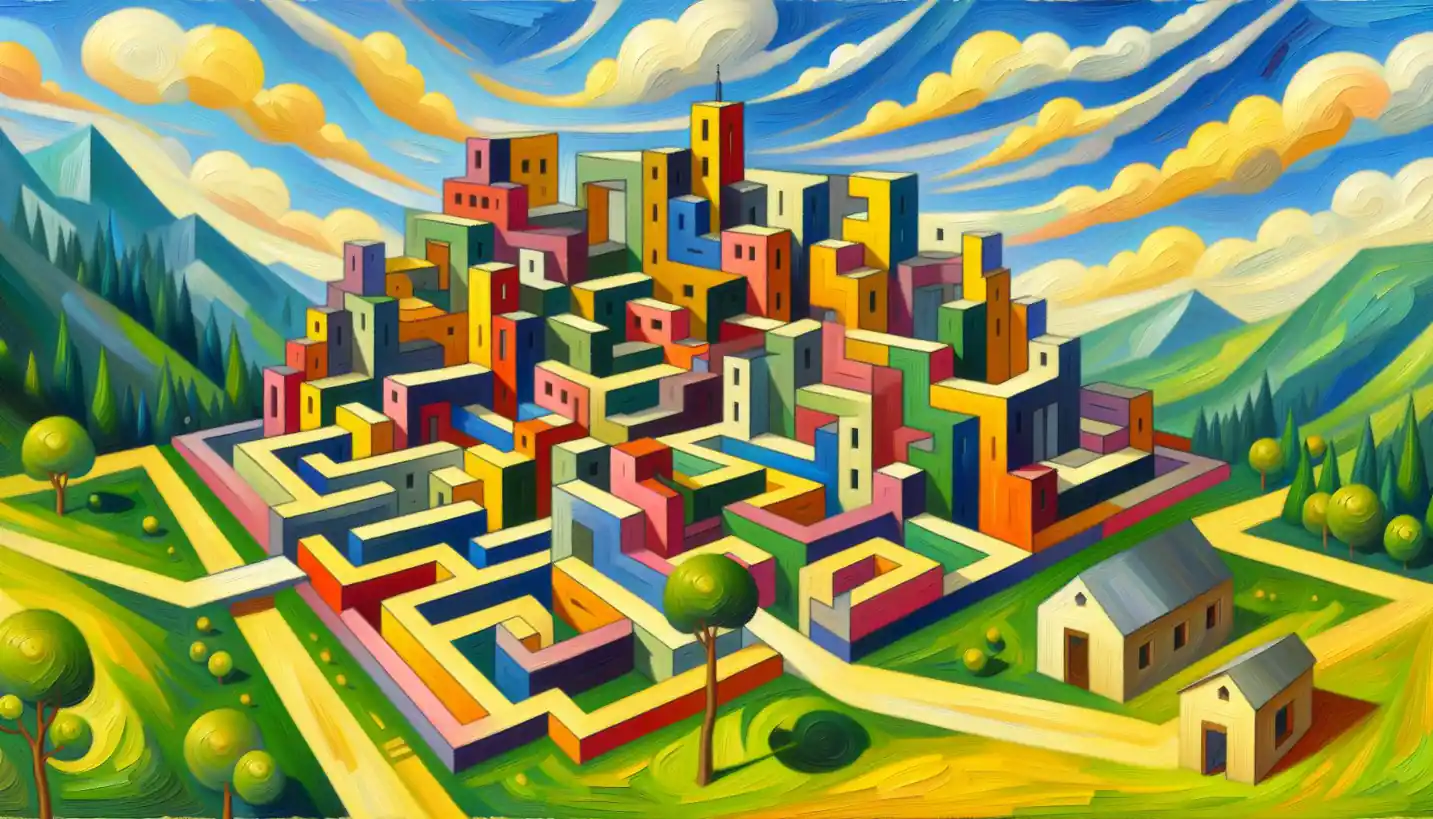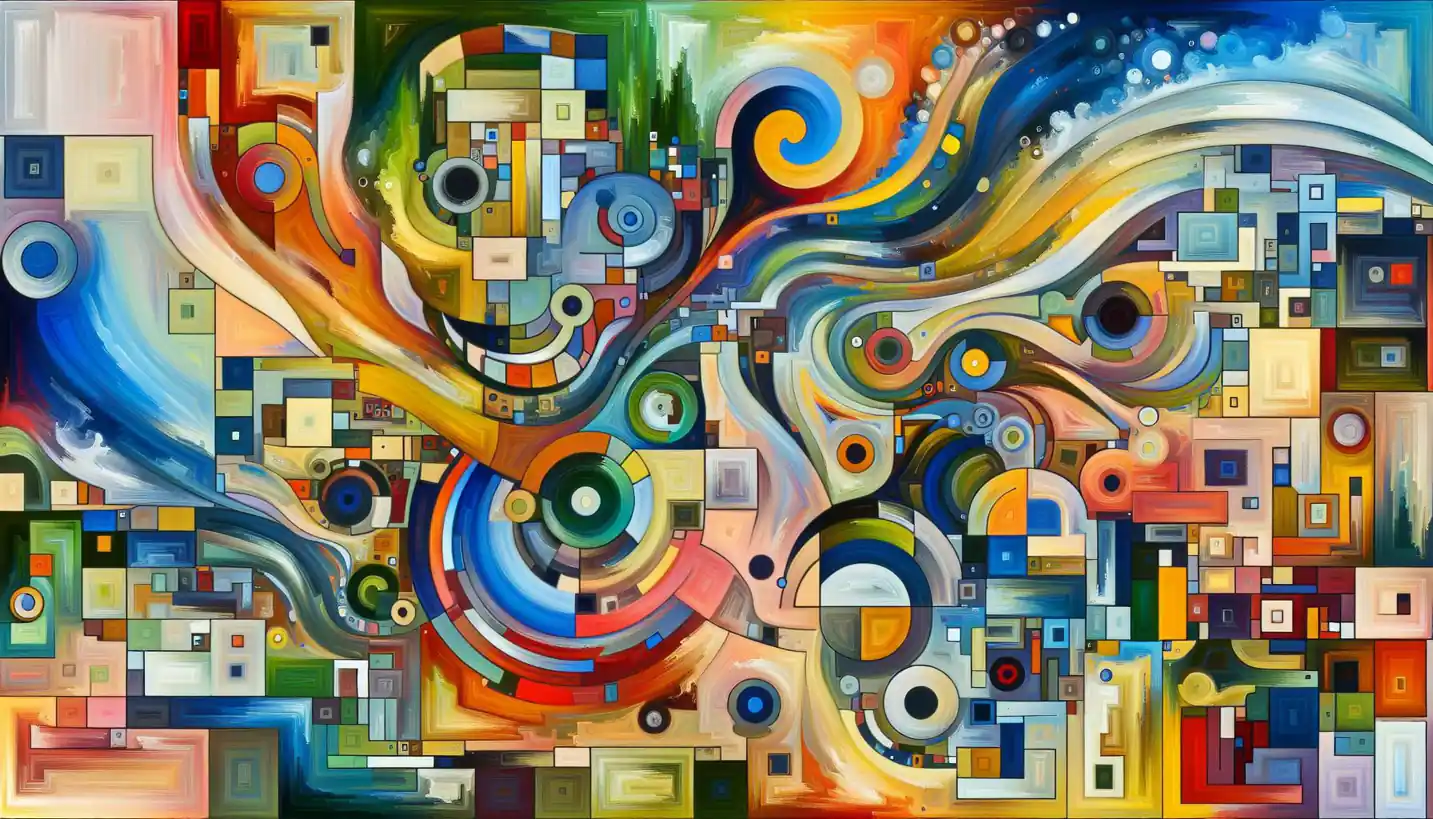· Art · 5 min read
Monotype: Exploring the Mysterious Art Technique
Monotype offers a one-of-a-kind print, each uniquely made. Discover this mysterious art form where every creation is a never-to-be-repeated expression of the artist’s vision.

Let’s dive into the intriguing world of monotype, a fascinating technique rooted deeply in studio art. Monotype is a unique printmaking process that produces a single, original work of art, standing apart from other printmaking methods where multiple copies of the same piece can be made. This solitary nature gives each monotype its own character and charm, making it a favorite among many artists and collectors.
What is a Monotype?
A monotype is essentially a one-off print, created by applying ink or paint to a smooth surface, like glass or metal, and then transferring that image onto paper. Because only the initial print captures the full image, any subsequent attempts are often faint and lack the clarity of the original, which is why these works are so distinctive and singular.
The Magic of Monotype
The real allure of creating a monotype comes from its spontaneity and unpredictability. Since the entire image can be transferred in one go, artists often embrace the unexpected variations that occur during the printing process. This makes each piece a true original, full of accidental beauty and surprise.
Imagine trying to make that perfect cup of coffee. The first pour has all the robust flavors balanced just right, but if you tried to use the ground beans again, it just wouldn’t capture the same richness. That’s what happens in monotype printing—the first “pour” is always the richest and fullest.
Historical Roots
The history of monotype is as textured and rich as the prints themselves. It dates back to the 17th century and is often attributed to the Italian artist Giovanni Benedetto Castiglione. He was among the first to explore this method and instantly embraced the freedom it allowed, similar to painting but with a twist of unpredictability.
Throughout the centuries, renowned artists like Edgar Degas have experimented with monotype as well. Degas found the technique in the late 1800s and used it to create stunning works, capturing movement and light in ways traditional methods couldn’t. His experiments pushed the boundaries of monotype and inspired others to see the potential in its singular approach.
Why Artists Love Monotype
The beauty of monotype lies in its flexibility and the opportunity for experimentation. Artists can play with texture, color, and form without being tied down by the need for repetition. It provides a bridge between painting and printmaking, offering the chance to be both precise and freewheeling.
For those who cherish spontaneity, monotype is a perfect medium. The process encourages artists to take risks and embrace the unknown. Such freedom allows them to push their creative boundaries and craft pieces that are genuinely one-of-a-kind.
Creating a Monotype
How does one actually create a monotype? The process typically involves a few basic steps. An artist starts by selecting a flat, non-absorbent surface, like a metal plate or acrylic sheet. They then paint or roll ink directly onto this surface, crafting their image.
Once the artwork is complete, it’s time for the magic—pressing the image onto paper. Placing a sheet of damp paper over the painted surface, pressure is applied either by hand or using a printing press, transferring the image onto the paper. The result is a vibrant, textured artwork that echoes the artist’s intentions and the imperfections of the process.
It’s a delicate dance of control and chaos—a balance that artists often find exhilarating. The single print is a testament to this harmonious interplay, combining the beauty of both drawing and painting with the rich textures of printmaking.
The Role of Technology
As technology continues to evolve, some artists have begun to integrate digital tools into their monotype processes. While the core principles of creating a single print remain, artists can now use digital techniques to compose and perfect images before their final transfer.
This blend of traditional and modern offers new possibilities, inviting artists to explore and expand upon the foundations laid by earlier monotype creators. In this way, monotype continues to evolve, maintaining its relevance and charm in the contemporary art landscape.
Capturing Emotion and Expression
One of the most compelling aspects of monotype is its ability to capture emotion and expression with incredible depth. Since each print is unique, it carries with it the intensity and immediacy of the artist’s vision.
Think of those powerful moments in life that happen only once—a sunset, a heartfelt conversation, or a fleeting smile. Monotype captures the essence of these moments, preserving the immediacy and intensity in a way that resonates with both the artist and the viewer.
The Future of Monotype
As artists continue to explore monotype, they constantly seek new ways to push the medium’s boundaries. Innovations in materials, techniques, and technology promise to keep this art form fresh and exciting.
Moreover, the increase in public interest in unique, handmade art fuels the demand for monotypes. Collectors and enthusiasts appreciate the uniqueness and creativity embedded within each piece, ensuring this technique remains a cherished component of the art world.
Final Thoughts
Monotype is more than just a printmaking technique; it’s a celebration of creativity and individuality. Its history, combined with its capacity for personal expression, makes it a captivating subject for both artists and art lovers.
Whether through the tactile experience of creating a print or the joy of witnessing an artist’s raw vision, monotype invites us to explore the many dimensions of creativity. Each piece is a testament to the human spirit’s desire to create, capture, and share the beauty of fleeting moments. Whether you’re an artist or simply an admirer, monotype offers something truly special—a window into the soul of creativity.



